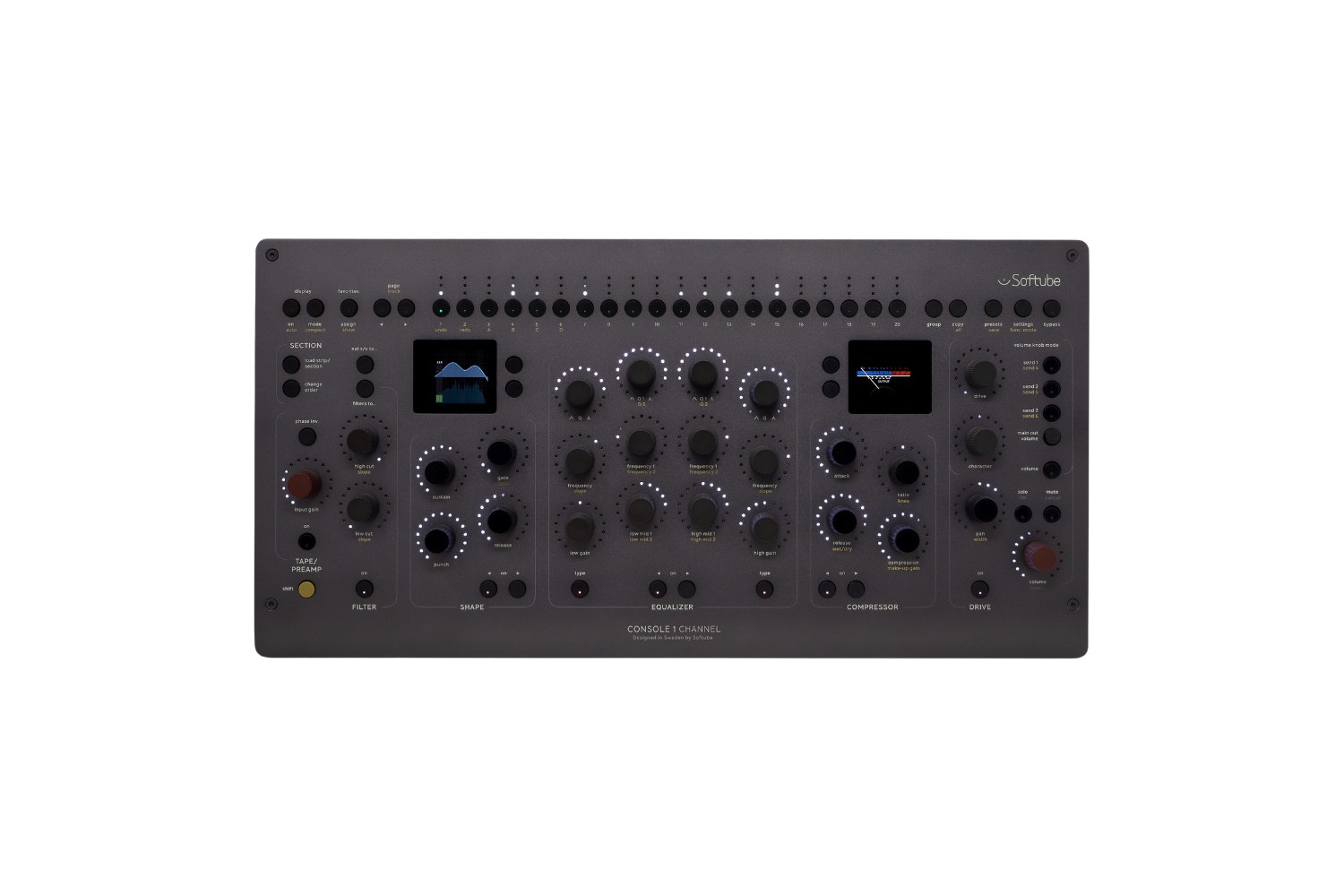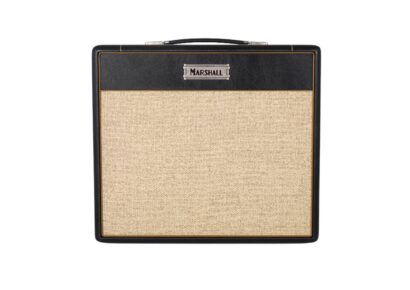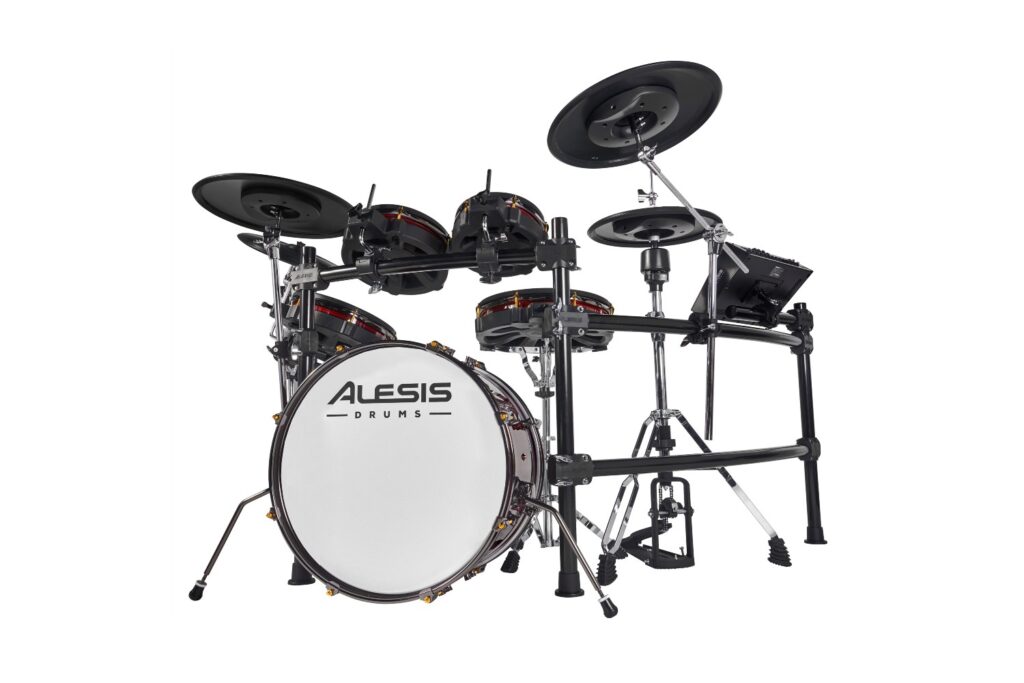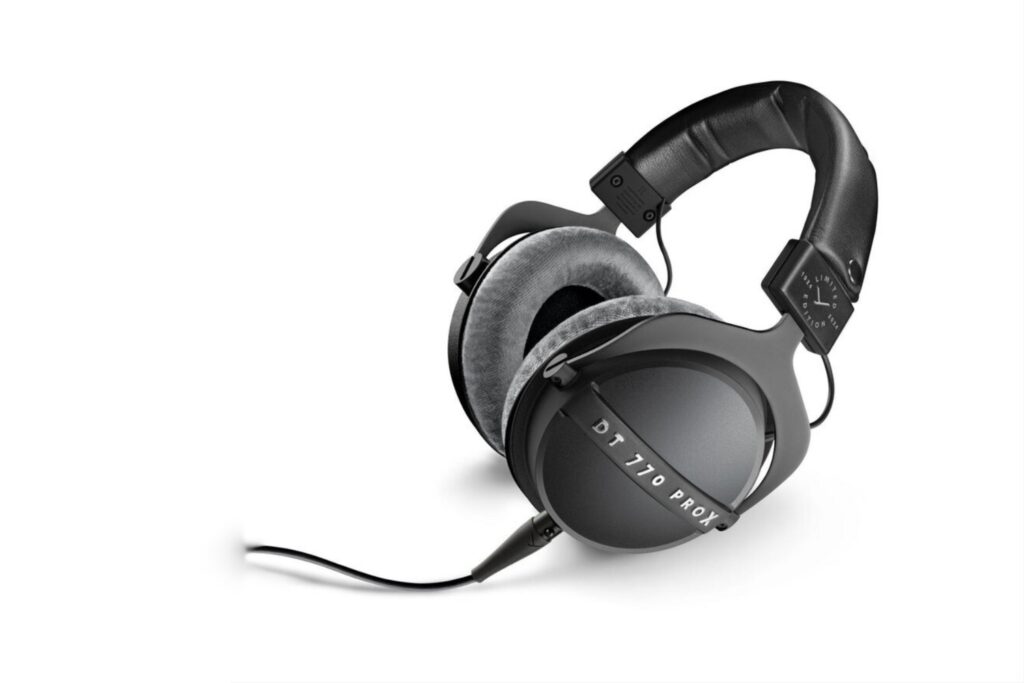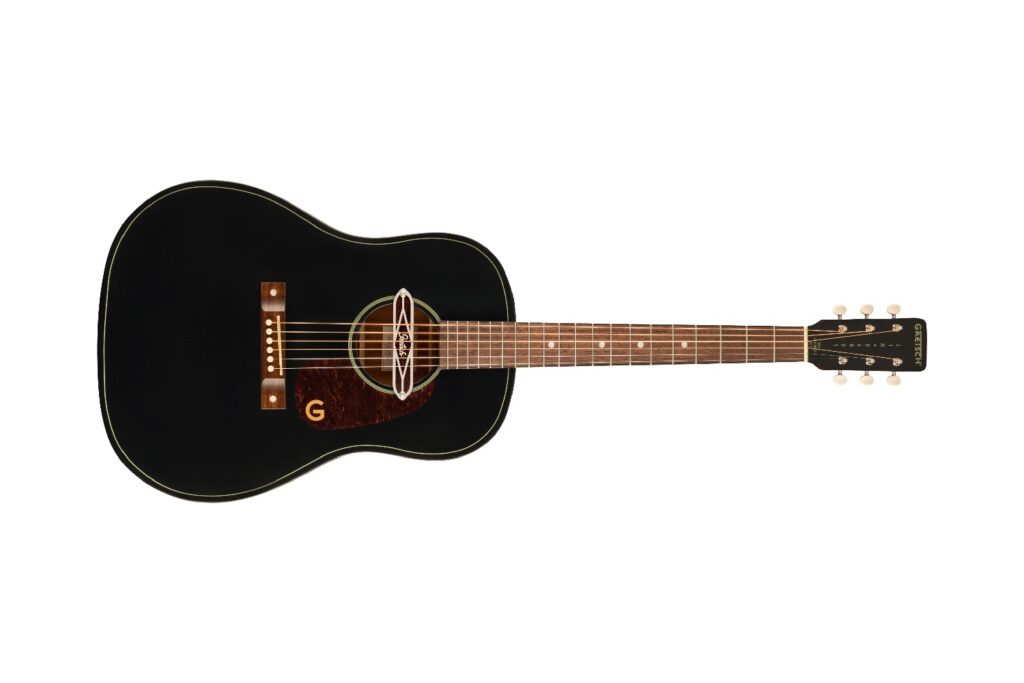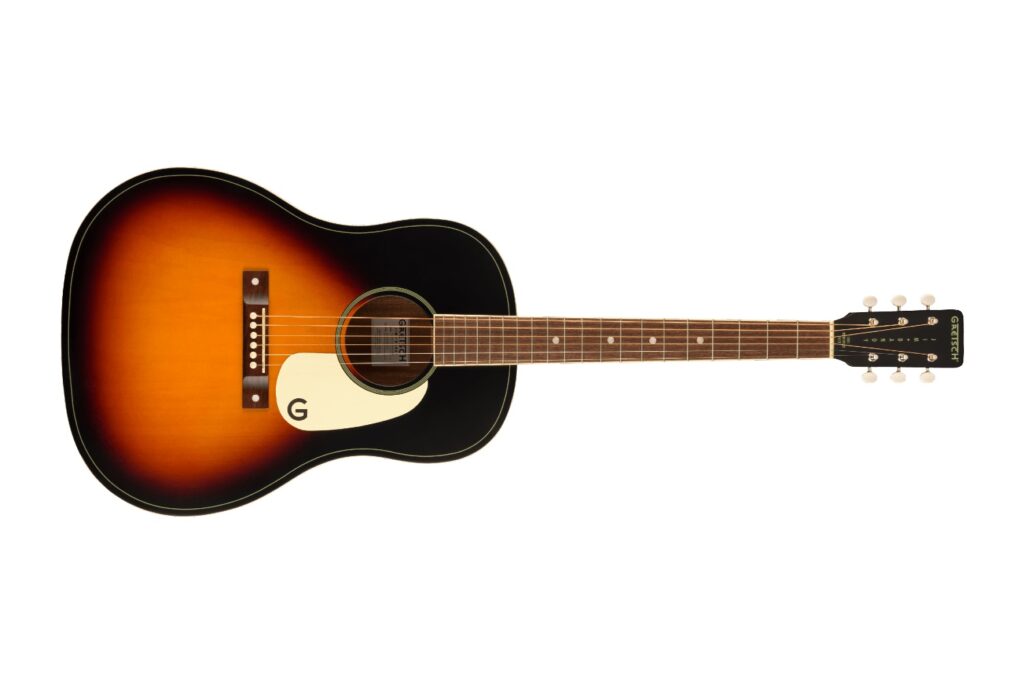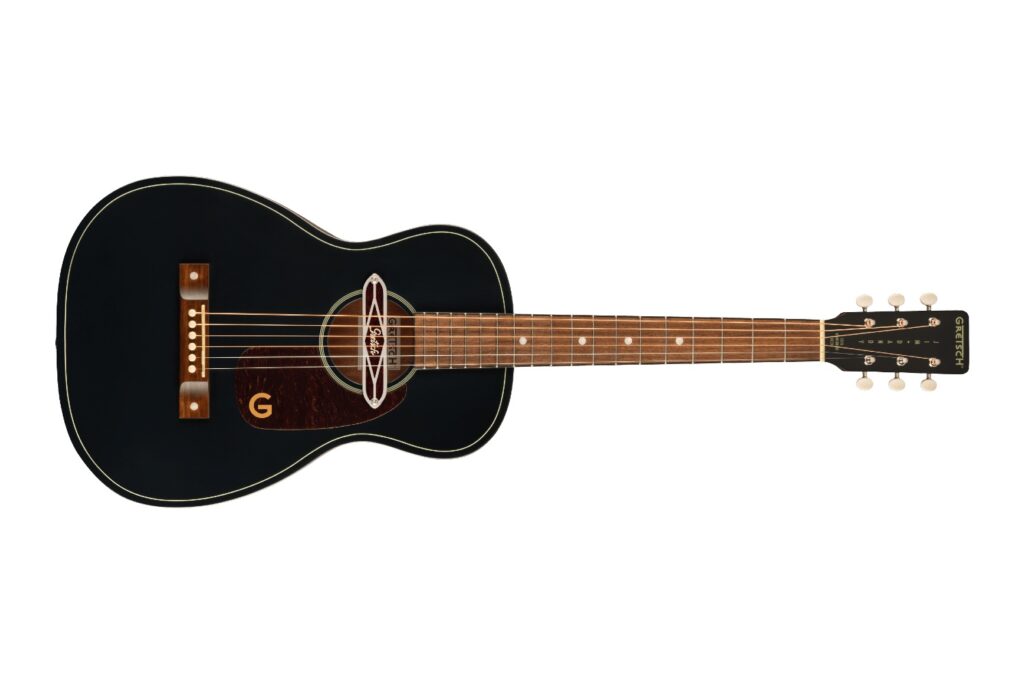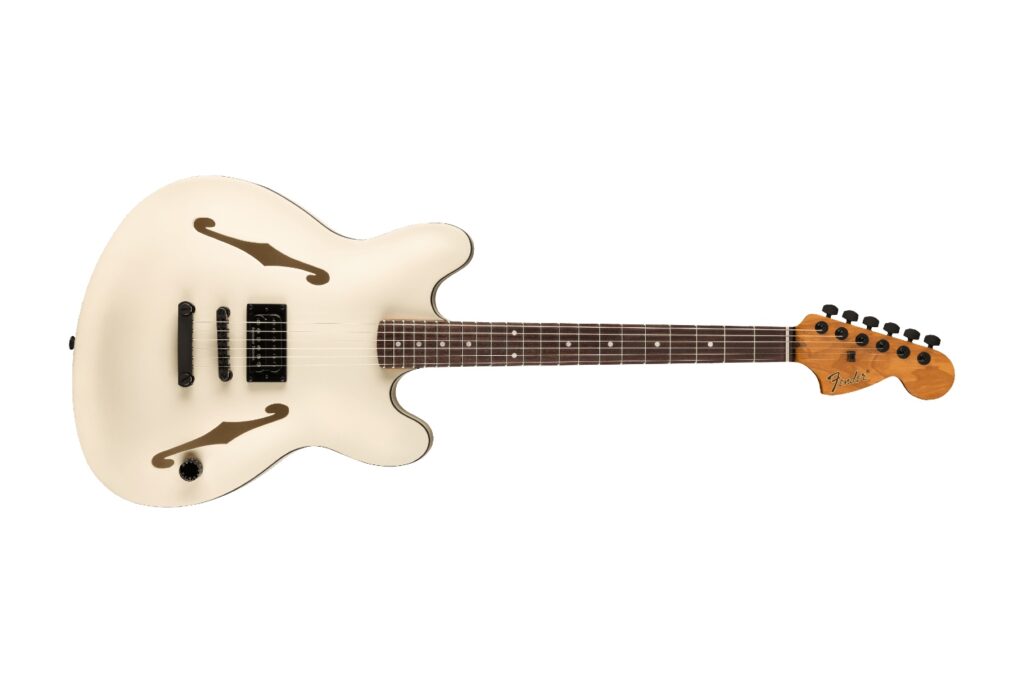Softube Console 1 Channel MKIII | Sound And Music | RRP $1799.99
Softube and their Console 1 system has been around the traps for some time, with the release of the original unit hailing back to 2014.
Softube Console 1 Channel MKIII
Having created a solid following of devout users and high praises from industry, Softube created a product that seemed to strike the perfect balance of digital convenience and analogue workflow, creating a whole system and workflow from fader (when used with Console 1 Channel Fader) to fully featured channel strip – this was something audio engineers had been in search of for sometime for a fresh take on in-the-box mixing. Striking while the iron was hot, Softube released Console 1 Channel MKII in 2017 introducing some great physical additions, as well as a wealth of additional under the hood upgrades including a bolster in plug-in support, namely a suite of coveted Universal Audio (UAD) plug-ins able to be controlled directly from Console 1 Channel MKII.
Read more gear reviews here.
With a wealth of other DAW and plugin controllers being released from major brands such as Avid, SSL, Presonus and Behringer, things have come a long way in the past six years with some refined designs and numerous features that users have found incredibly appealing. The competition being fierce, Softube needed something fresh and with the recent announcement of Console 1 Channel MKIII, things have been spiced up in DAW controller land.
Softube Console Review
On first look, the Channel MKIII is certainly a massive upgrade in its aesthetic, with a premium bead-blasted aluminium chassis in a Nordic Night Sky finish. It’s sleek, looks pro as hell and just oozes ‘made-for-studio’. In some ways it’s got a badass looking synth module thing going on which personally, I’m really into.
Anyone familiar with the previous model will notice the addition of two high-resolution smart screens. This gives immediately useful feedback of things like EQ curves, compression parameters, which track is selected and being processed, with each screen customisable to show whatever parameters suit a user’s workflow at any given time. What I really like about having a graphical representation of this key information on the hardware itself is it keeps the workflow focused on the unit rather than constant adjustment between screen and hardware. It’s additive to the analogue workflow the Console 1 Channel range has become so renowned for.
Aside from the obvious addition of dual screens, Console 1 Channel MKIII has a wealth of other new features and hardware upgrades, most notably the 27 Analog Feel potentiometers with touch sensitivity. The tactile and textured sides give these new pots an instantly robust feel and they boast ten times the resolution from the previous model. They’re as professional and analogue as it gets for such a controller.
The new tape preamp section is an exciting addition, giving users an gratifying authentic emulation of driving tape and the harmonic character it can add to tracks. This is followed by the familiar input gain section, which is now quickly identifiable by its distinctive red potentiometer, which reminds me of the stepped Neve preamp knob, a nice tip of the hat. This is then followed by the filter section as well as dedicated load strip/section, order change, external side chain and filters to buttons located above. Whilst these buttons were included on the previous unit, they have been relocated to the left side of the unit in order to make way for the dedicated send knobs, which previously were a hold shift function on the drive and pan knobs (with the latter now having an additional width control function). Having dedicated pots for these is a great workflow enhancement and now allows for 6 sends to be accessed at the press of a button. Very nice indeed.
Following this is the new Shape section which has some additional utility tools including core panner as well as a new noise gate algorithm. The Shape section is dual processing enabled, providing double the processing power, thus allowing aeons more shaping heft to be achieved directly from the unit itself.
Console 1 Channel MKIII EQ
The powerful new EQ section has been seriously boosted with its dual processing power too with two distinct EQs on tap. A modern precise clear and surgical type, fantastic for notching problematic frequencies and a more broadband, vintage and musical type typically reserved for boosting. These can be engaged and adjusted with lightning speed with their dedicated buttons and pots for adjustment.
The compressor section is also packed full of upgrades and enhanced workflow with three distinct compressor types included in the Core Mixing Suite being a FET, Bus style (a la VCA SSL vibes) and OPTO. Having double the processing power immediately under one’s fingertips brings a whole new lease of life to dynamics processing on Console 1 Channel MKIII, and I think is far more representative of an actual signal chain, which say for a vocal would quite often include a couple of different compressors picked for handling particular tasks in a mix. The Drive section is of course included for adding that extra grit and character to a sound source, and paired with the Tape section on the input makes for some deliciously crunchy and harmonically rich processing on tap.
Console 1 Channel MKIII overview
The streamlined knob per function, like its predecessors, underpins Console 1 Channel MKIII’s workflow. The upgraded potentiometers and 38 dedicated buttons (not including the 20 dedicated track buttons) and mammoth amount of additional processing under the hood – this layout makes even more sense. I for one am incredibly impressed by this fresh addition to the Console 1 Channel range that is likely to give much of the competition a run for their money. The high-end software processing paired with the rock solid hardware and tactile feel makes for an intimately authentic analogue-styled mixing experience, very much removing the need for constant mouse use. All this equates to keeping users more engaged and immersed in the mixing process which I think Softube have absolutely nailed here.
For local enquiries, visit Sound and Music.
